Optimal Timing for Waterproofing Applications
Waterproofing is a crucial process to protect structures from water intrusion and damage. The timing of waterproofing applications can significantly influence their effectiveness and longevity. Proper scheduling ensures optimal adhesion, curing, and performance of waterproofing materials.
Spring offers moderate temperatures and low humidity, ideal for waterproofing projects to cure properly and achieve maximum durability.
Summer provides longer daylight hours and warmer weather, but high temperatures and humidity can affect certain waterproofing materials' performance.
Fall is suitable due to cooler temperatures and lower humidity, reducing the risk of moisture-related issues during curing.
Winter is generally not recommended due to cold temperatures and potential for frost, which can hinder curing and adhesion.
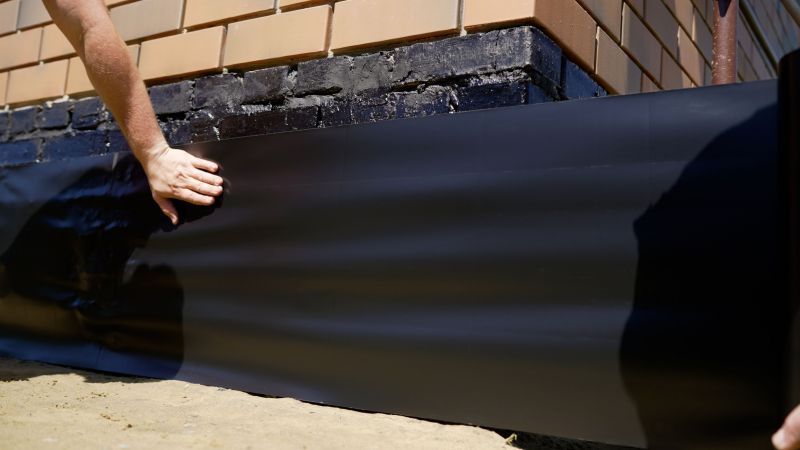
Ways to make Waterproofings work in tight or awkward layouts.

Popular materials for Waterproofings and why they hold up over time.
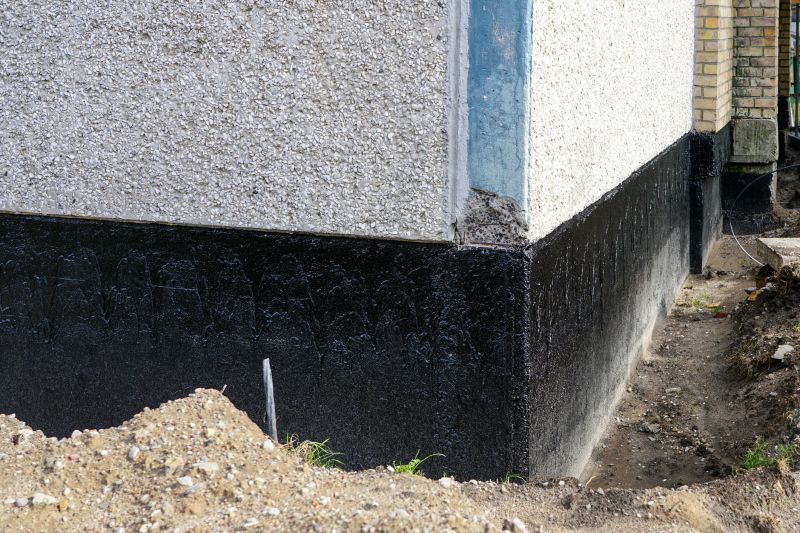
Simple add-ons that improve Waterproofings without blowing the budget.
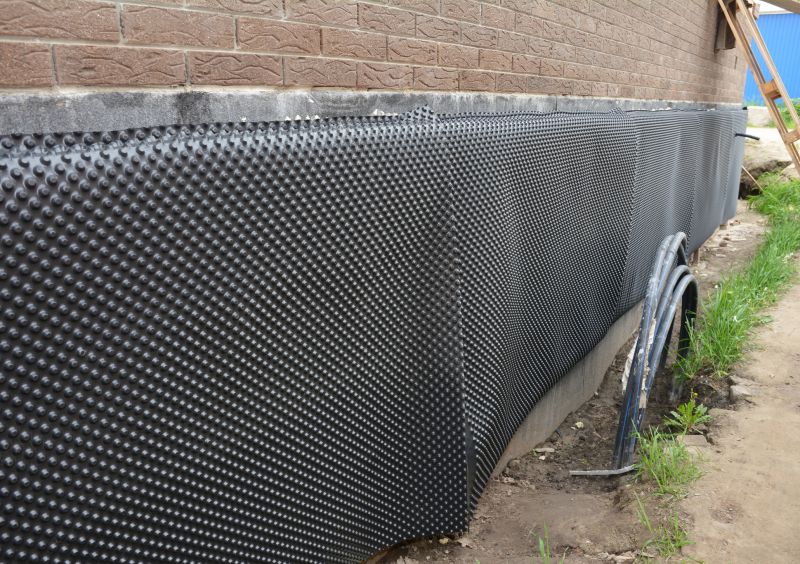
High-end options that actually feel worth it for Waterproofings.
Waterproofings involve applying materials designed to prevent water penetration in foundations, roofs, basements, and other structures. These systems are essential in maintaining structural integrity and avoiding costly repairs caused by water damage. Different waterproofing methods include liquid membranes, sheet membranes, and sealants, each suited to specific applications and environmental conditions.
Statistics indicate that proper waterproofing can extend the lifespan of structures by decades, reduce maintenance costs, and prevent water-related issues such as mold, mildew, and structural deterioration. The effectiveness of waterproofing depends heavily on correct timing, surface preparation, and material choice, making the right season critical for optimal results.
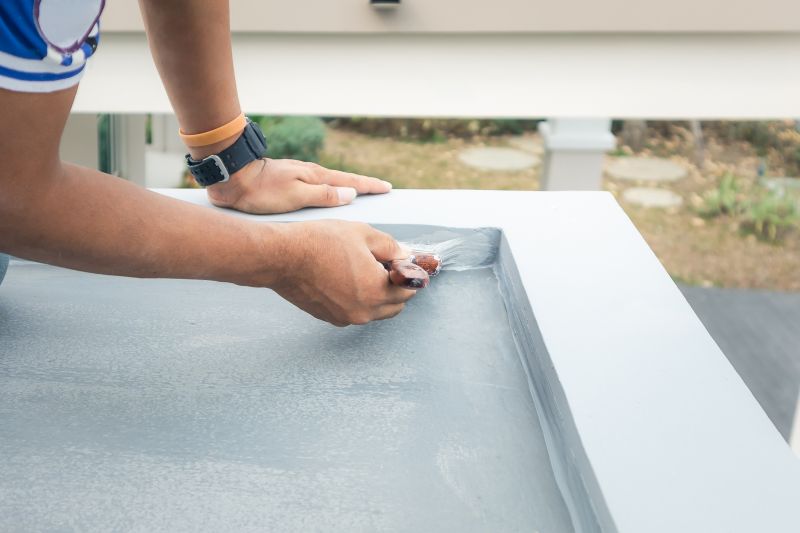
Finishes and colors that play nicely with Waterproofings.
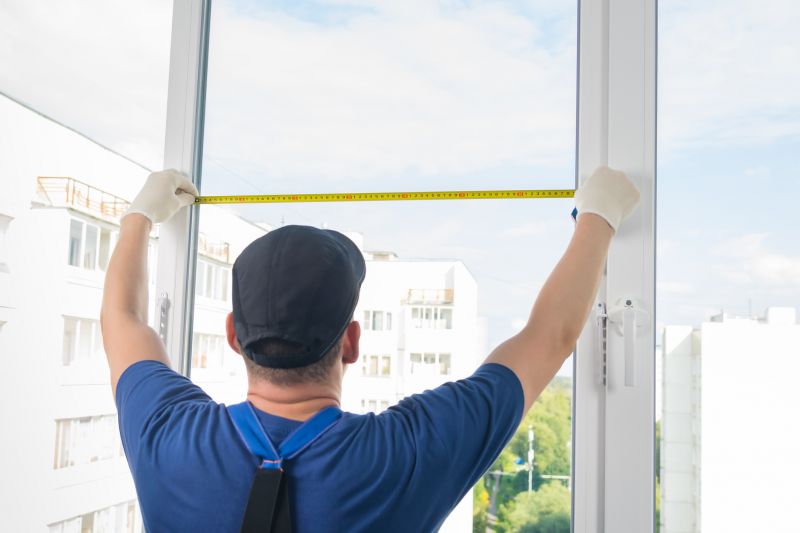
Little measurements that prevent headaches on Waterproofings day.
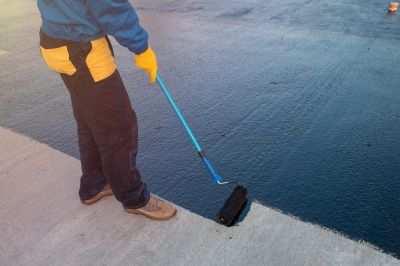
A 60-second routine that keeps Waterproofings looking new.
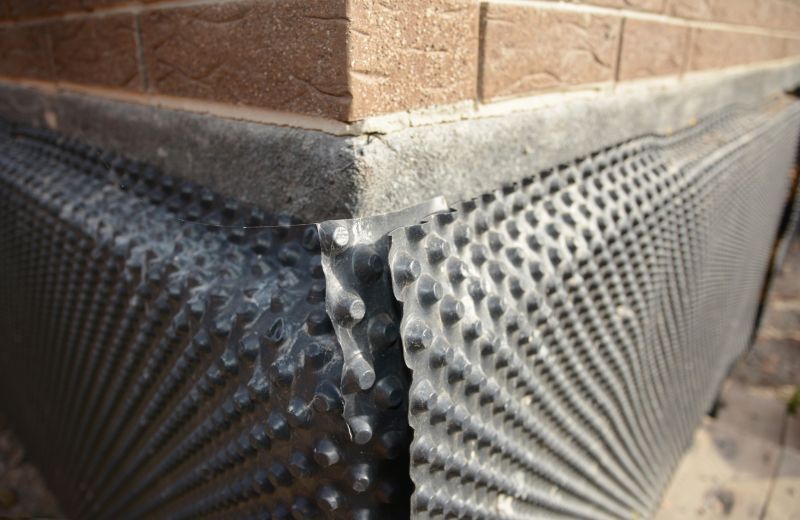
A frequent mistake in Waterproofings and how to dodge it.
| Season | Recommended Waterproofing Timing |
|---|---|
| Spring | Ideal for new installations and repairs due to moderate temperatures. |
| Summer | Suitable if temperatures are maintained within recommended ranges; avoid peak heat. |
| Fall | Optimal for most applications due to cooler, stable weather. |
| Winter | Generally discouraged because of cold and frost risks. |
Selecting the appropriate time for waterproofing ensures maximum effectiveness and durability. Proper planning and understanding seasonal conditions help in achieving the best results, minimizing the risk of water intrusion and structural issues.

Small tweaks to make Waterproofings safer and easier to use.
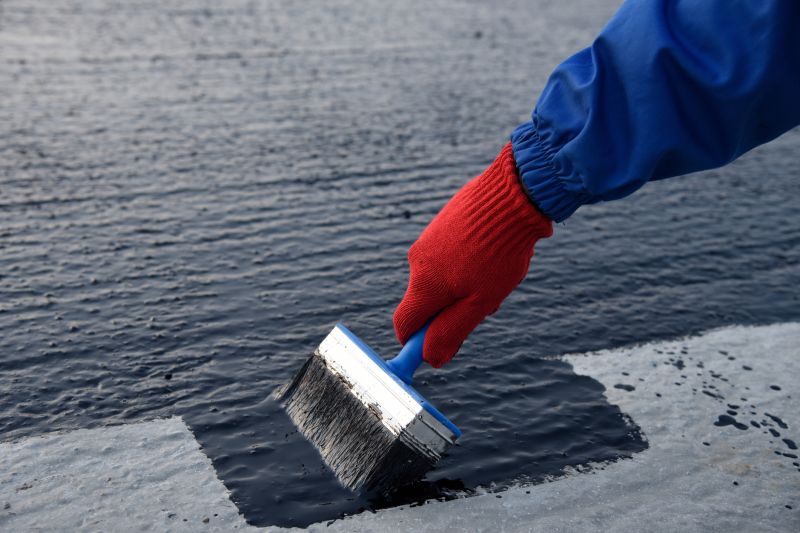
Lower-waste or water-saving choices for Waterproofings.

The short, realistic tool list for quality Waterproofings.
Interested in waterproofing services? Filling out the contact form can provide more information and help plan the optimal timing for specific project needs.

